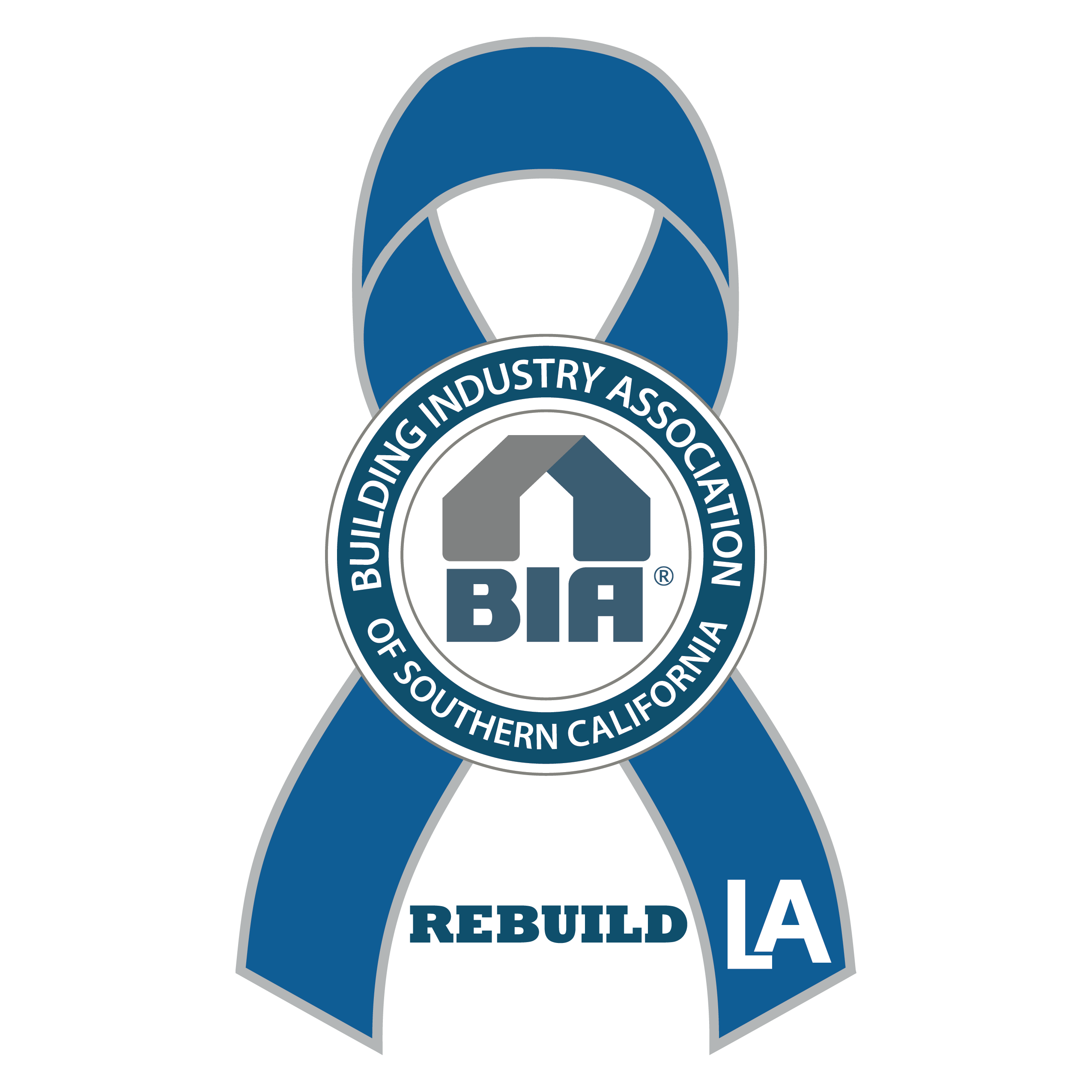As you know, BIA-LAV has been working with the community and public officials to let them know that LA’s proposed Linkage Fee is wrong for LA and will worsen the affordability crisis, stifle development, and push more people into poverty at the expense of helping only 0.01%.
This week, The L.A. Times Editorial Board expressed support of the proposed fee. The decision seemed to be based on missing information or incorrect assumptions. In an effort to change this dialogue and set the record straight, BIA-LAV has submitted the below editorial to The Times. We’ll continue fighting for you and this City.
LA Needs to Lead Not Follow on Housing Crisis Solutions
California is the hardest state in the nation for people to buy their first home. The average house costs more than nine times average earnings in Los Angeles County – an all-time high.
We know Los Angeles is working hard to house the homeless, but more Angelenos are falling into homelessness because of unaffordable rents. Angelenos need help and rolling out the same well-intentioned solutions that have not worked in other jurisdictions is not the answer. Los Angeles needs to lead not follow.
Housing production at all levels of affordability is falling far short of the assessed need. Particularly glaring and troublesome are the number of units approved at the moderate-income level, households making approximately $40,000 to $60,000 a year in the City of LA. The City of Los Angeles only approved 132 units from 2013-2015. Market-rate developers are unable to make these affordable projects financially feasible due to the high regulatory cost burden and the lack of government funding that subsidized affordable-housing developers receive for development targeted at households making under $40,000.
This greatly impacts our workforce (especially teachers, firefighters and law enforcement professionals), since many of them make too much to receive subsidized housing but not enough to comfortably afford market-rate housing. For example, in Los Angeles, teachers spend as much as 42% of their income on rent, with experienced teachers being the most cost-burdened of all. However, most LAUSD teachers earn above the threshold to qualify for below market-rate housing.
Rather than viewing this problem simply through the lens of “units needed versus units produced,” it would be informative to analyze whether the most hard-hit families are getting the help they need. Consider these statistics:
- In 2015, the median City of Los Angeles income was $50,205.
- There are 652,879 households in Los Angeles that make less than $50,000 per year, but only 52,834 of these households live in subsidized units. Thus, only 8% of lower-income households secured subsidized housing.
- Along with teachers, public safety professionals, and nurses, the remaining 600,045 lower-income households – 92% – compete against other households with more financial resources for market-rate housing.
The City of LA’s proposed answer is to follow other large urban jurisdictions across the country, such as Boston, Chicago and San Francisco that have adopted a linkage fee. The proposed linkage fee would levy a $12 per square foot fee on new homes and a $5 per square foot fee on commercial properties. The City’s analysis estimates that the linkage fee will produce up to $92 million annually, which could pay for about 700 units of affordable housing if combined with existing tax credits and grants. These are bold estimates considering that none of the aforementioned cities averaged more than 100 units per year with their programs, the tax credits and grants are in danger, due to Trump policies, of being phased out and the total development cost to build a subsidized affordable housing unit in Los Angeles is approximately $500,000. Assuming the tax credits and grants will be phased out, the actual number of affordable units potentially produced would be only about 184.
Even if we assume an ideal situation and the Linkage Fee produced 700 units annually, it would only help 0.1% of the 600,045 lower-income households in Los Angeles living in non-subsidized housing.
Conversely, the remaining households that can least afford to have more expensive housing will likely see higher rents due to the increased cost on market-rate housing to compensate for the increased subsidy of the very few that will receive the benefit of the linkage fee program. Furthermore, the added fee will make it more financially unfeasible to build workforce housing, thus exacerbating the already abysmal workforce housing production numbers.
These are desperate times that require bold leadership and real solutions. This is not the time for taking the easy road and recycling old ineffective ideas. Now is the time for innovative thinking that promotes broad-based affordable-housing funding mechanisms that do not further increase housing costs for those that can least afford it.
It is time to promote the production of workforce housing by bringing down the cost to develop and build. The City needs to be innovative and provide incentives and eliminate or reduce regulatory hurdles that make a project financially infeasible or stall projects for years.
If the City of LA decides to follow and not lead, we can expect more of the same, with increased rents on 99.9% of already struggling households and virtually no new workforce housing.
